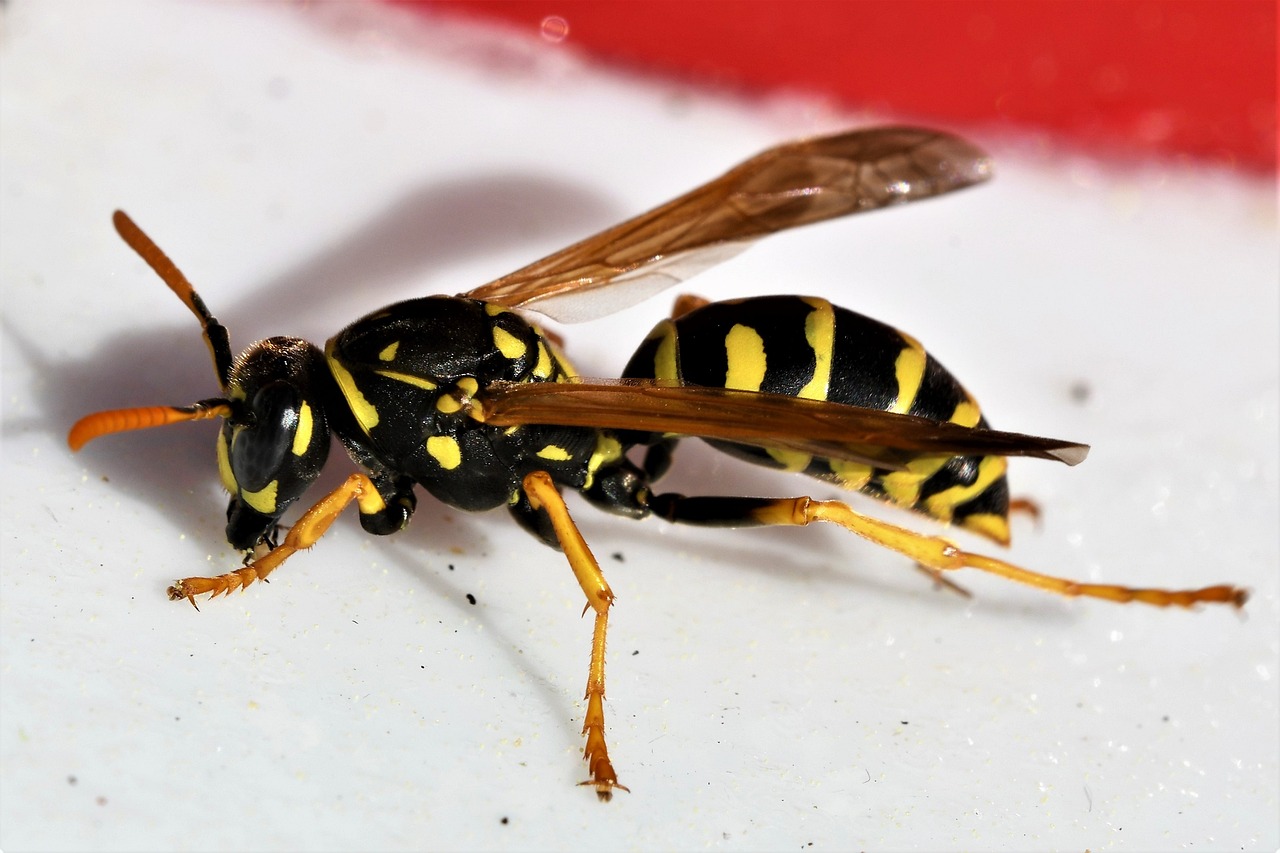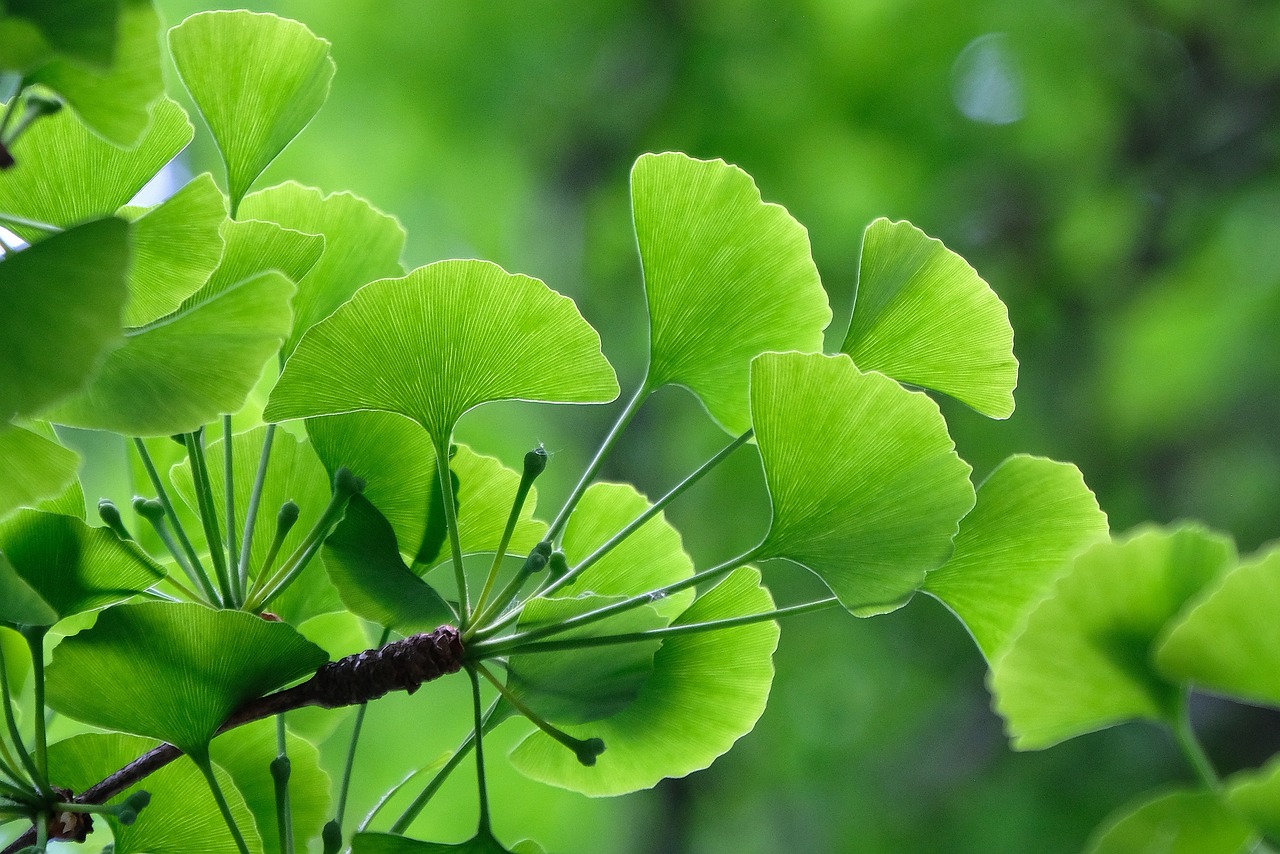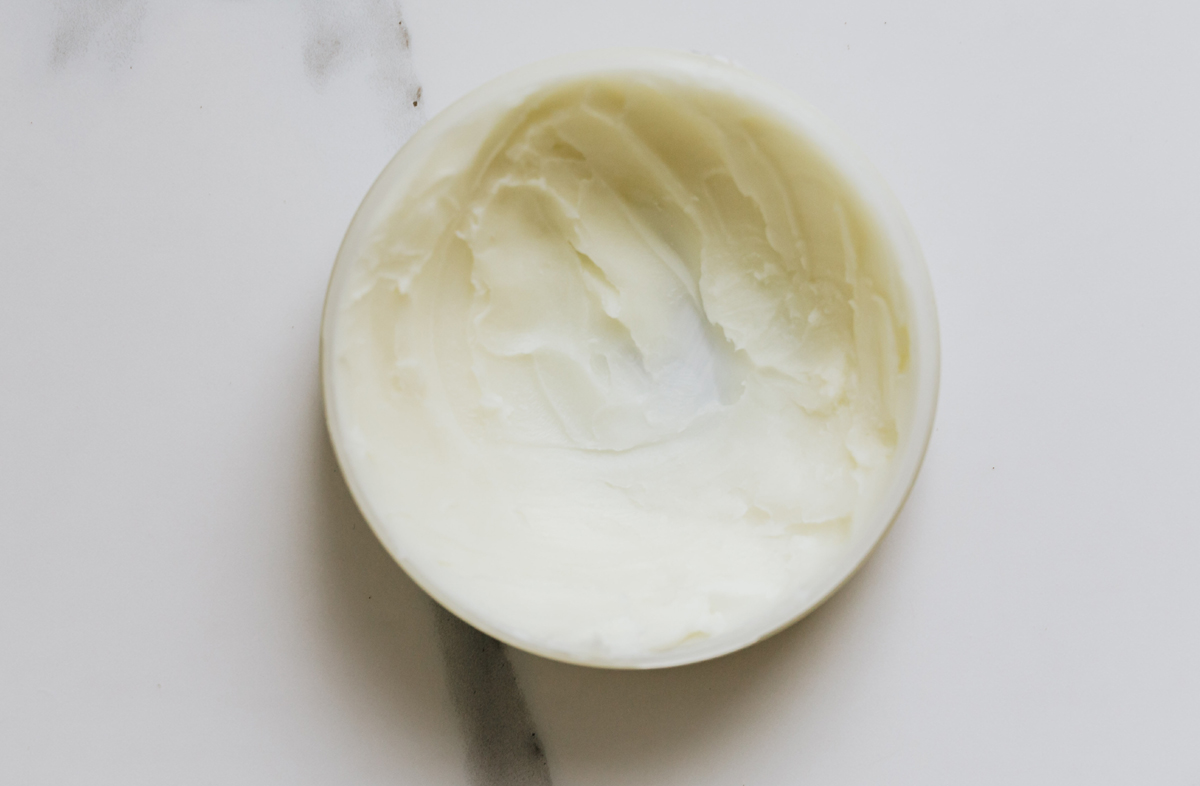First Aid for Bites and Stings

Bites and stings from animals and insects can occur in your home as well as when you are out camping, having a picnic, hiking, spending a day at the beach and even just taking an afternoon stroll on the sidewalk. It is impossible to restrict the entrance of spiders and insects into our homes, and despite the fact that you might be living in an area where the habitual spiders in your area might be generally harmless, there will always be the odd occurrence of dangerous spiders who reside in the veld will come strolling in by your front door unnoticed. Some spiders in your garden might also not be as harmless as you think. Below are first aid methods to counteract not only spider bites, but stings and bites from other insects and animals.
What to do:
- If the victim of a bite or sting shows signs of acute distress, such as face-swelling, shortness of breath or extreme pain, call a doctor immediately or take the victim to hospital.
- Keep him as still and quiet as possible until he can receive medical attention. If possible, put ice or a cloth soaked in cold water on the wound.
- Most bites and stings cause nothing more than mild irritation, although a few can be painful and even dangerous. Some people are affected more than others, and anyone who has a serious reaction to bites and stings should consider being desensitized. A doctor can do this with a series of injections of weakened venom.
Animal Bites
Wash the wound thoroughly and put a dry dressing on it. Let a doctor see it at the first opportunity in case there are any complications: a dog bite may need to be treated with an anti-rabies injection.
The bites of predatory animals, such as hyenas and jackals, can be dangerous – because they almost always go septic. The victim should be treated by a doctor, who will probably prescribe anti-tetanus injections and antibiotics. In the veldt, regard any animal bite as potentially dangerous, and get an expert medical opinion about it.
Any bite by a meercat (mungoose), especially if it is unprovoked, must be treated as an emergency because this timid animal attacks only when infected by rabies.
In cases of possible rabies, contact the nearest district surgeon or police office.
Bee, Wasp and Hornet Stings
If a bee or hornet sting is still in the skin, first take it out with a pair of tweezers or clean fingernails. With these fairly common stings, venom is injected into the skin, which causes inflammation and local pain. In rare cases the venom can spread through the body: it then requires urgent medical treatment.
Calamine lotion can be applied to any sting to relieve irritation.
Gnat and Mosquito Bites
Bites by gnats and mosquitoes cause inflammation and itching; but do not scratch the bite. Scratching can damage the skin, and the greater the area of skin damaged the greater is the risk of infection. Relieve the itching by applying calamine lotion or antihistamine cream.
Blood-sucking insects such as gnats and mosquitoes can be disease carriers, especially in tropical countries: the germs of malaria are carried by mosquitoes; typhus, yellow fever and some forms of encephalitis are also transmitted by blood-sucking insects.
Sometimes, bites by gnats and mosquitoes result in severe inflammation. Seek a doctor’s advice if complications develop within a few days. The doctor will probably prescribe anti-malarial drugs.
Flea, Lice and Tick Bites
If the bite itches, apply antihistamine cream or calamine lotion to relieve the irritation.
Bites from fleas, lice and ticks, which are also bloodsuckers, can be dangerous because the insects can transmit diseases such as tick fever and typhus. Ticks are usually picked up from vegetation and, like lice, can be removed by covering them with oil or nail varnish. A lighted cigarette held close will also dislodge them.
Tick bite fever is caused by an infection carried by the bite of the small red tick Ornithodoris moubata. It occurs only in South Africa, and is benign fever lasting about ten days. The fever starts almost exactly ten days after the bite. Diagnosis is confirmed by the characteristics mark of the bites and treatment is with antibiotics.
Jellyfish and Bluebottle Stings
Treat simple stings with antihistamine cream or with calamine lotion. If the victim suffers shortness of breath or faints, get him/her to hospital as quickly as possible.
The common jellyfish found in the sea around South Africa inflicts a sting that causes a burning sensation and swelling. In a few sensitive people the stings cause shortness of breath and even fainting.
Nettle Stings
Relieve irritation with antihistamine cream, calamine lotion or a clean cloth wrung out under cold running water. Nettle stings are uncomfortable rather than dangerous and last only a few hours.
Spider Bites
The bite of the button, or black widow, spider is dangerous. Take the victim to a doctor immediately.
The spider is about 1/3 in. (1cm.) across, has long slender legs, and can be recognized by the bright orange hourglass shape on its belly. It is usually found in disused sheds or piles of wood.
The Author:
Thureya Ismail is a keen student in holistic healing and researches different methods of healing everyday minor and major ailments suffered by people.
Photo. Nature-Pix








